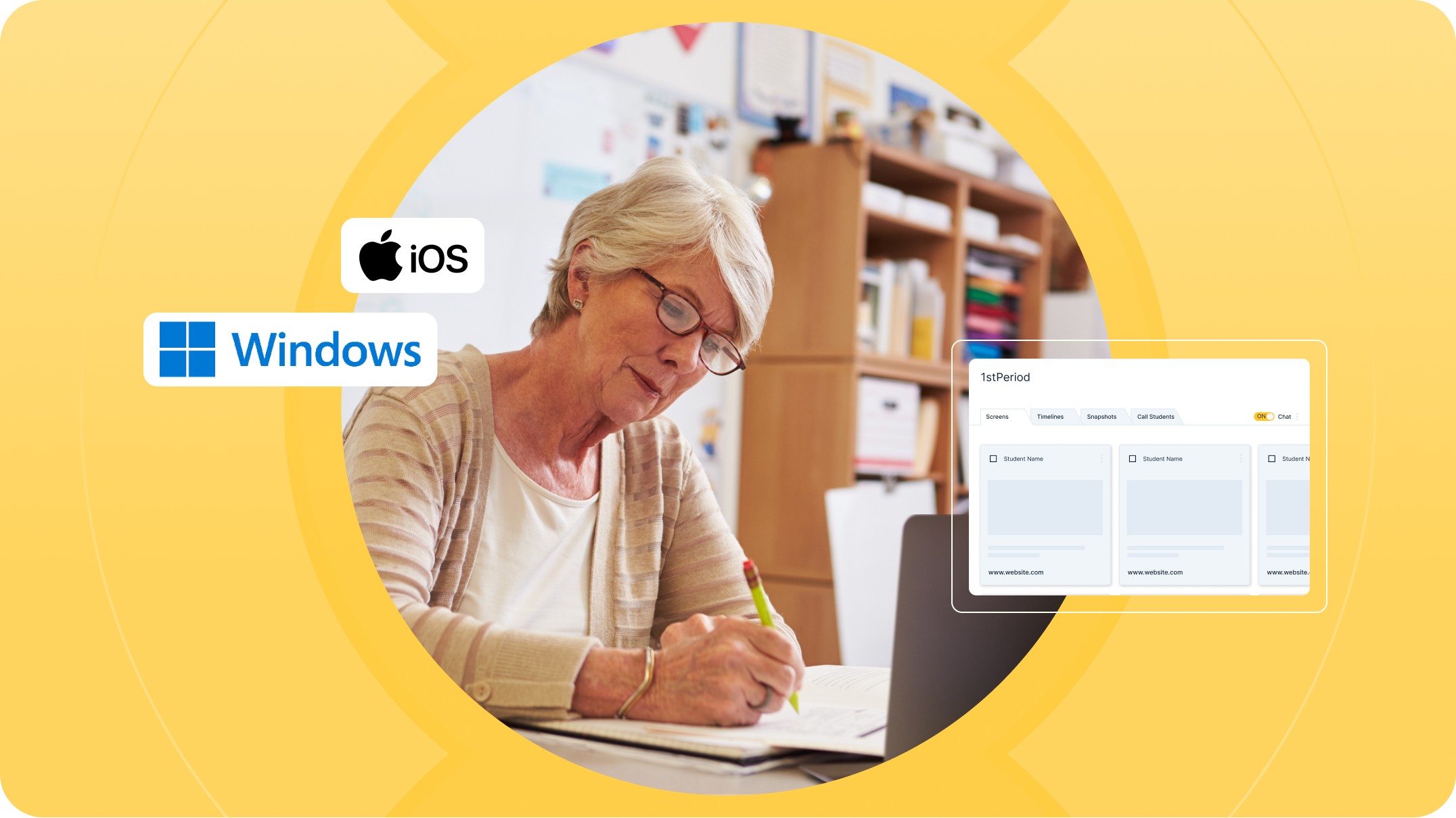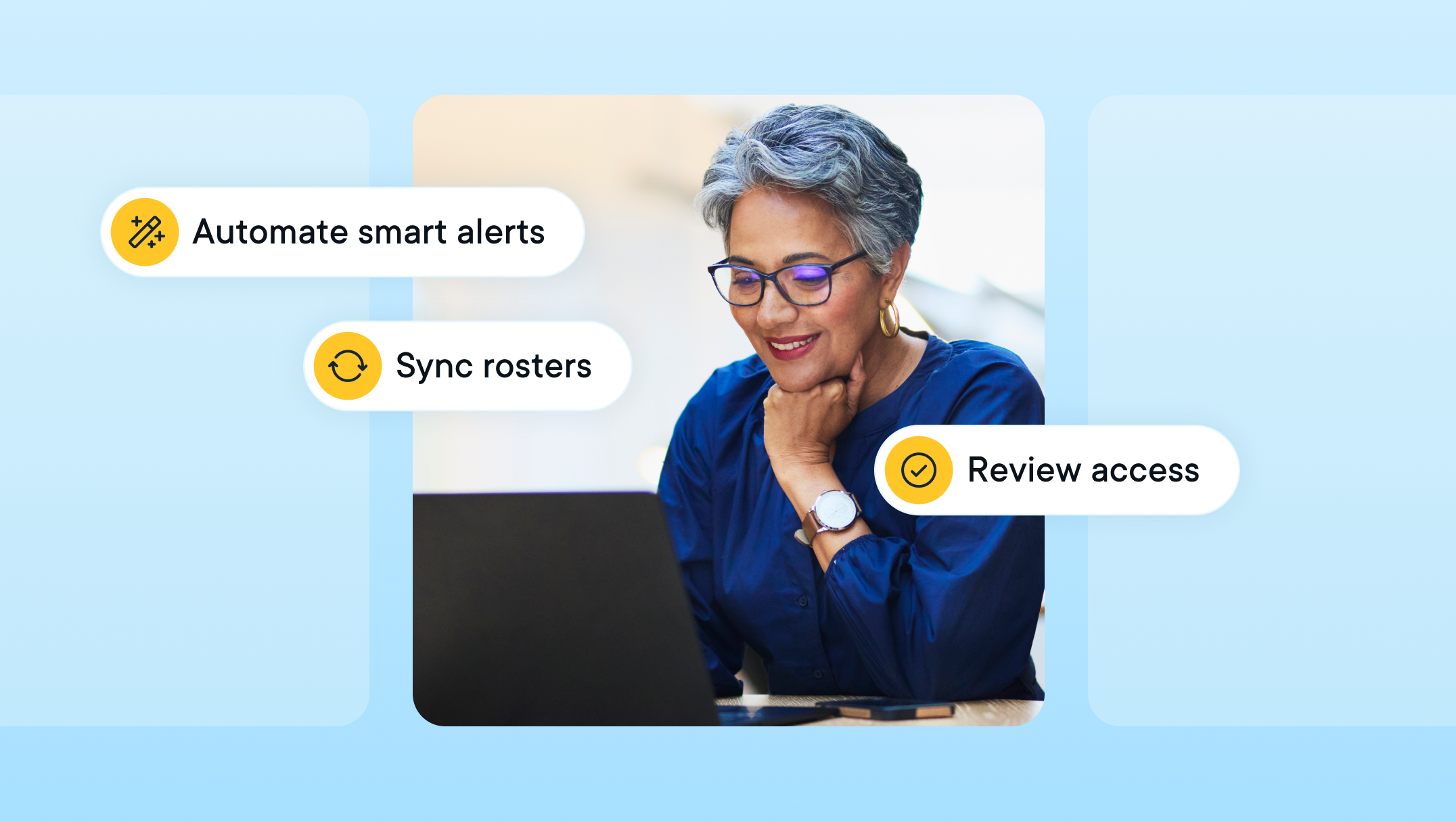9 Unique Ways to Use Technology in the Classroom

Finding creative ways to use technology in the classroom can both make your life easier as a teacher and boost student excitement levels and engagement with lessons. From helping with communication among teachers and students (as well as peer-to-peer), to organizing curriculum calendars and enhancing presentations and lessons with media and visuals, there is no limit to the ways to use technology in the classroom to create an enriched Learning environment. Here are just a few examples:
1. Gamified Learning
To this day, I give all credit for my skill in typing to time spent playing typing games in the computer lab of my elementary school. Not only were the games incredible, and incredibly engaging programs for teaching students typing skills, they made using a computer fun and exciting for me and set the foundation for all other computer knowledge I’ve gained since. Learning can and should be fun and using technology for gamified Learning in your classroom can be advantageous to achieving that goal. One example of a gamified Learning experience is Pear Practice (ormerly Giant Steps), a digital Learning experience designed to help K-12 teachers boost student collaboration and independent practice, from the makers of GoGuardian Teacher and Pear Deck, two of the world’s most popular Learning platforms.
While Learning software can be a great teaching tool, gamified Learning can also be as simple as creating a virtual scavenger hunt by coming up with a list of questions for students to search and find the correct answers for and adding students to pairs or groups to encourage collaboration and teamwork.
2. Digital field trips
An increasingly popular, useful, and cost-effective tool for teachers searching for new ways to use technology in the classroom is taking digital field trips. Google Streetview and other similar apps allow you to virtually explore parks, forests, and even national and international landmarks from the comfort of your classroom. Virtually experience the view from the Statue of Liberty or hike through the Grand Canyon to get students excited to learn about a location or subject and extend Learning beyond the page.
4. Gather student feedback
The true test of any classroom structure and/or curriculum is how well it helps students learn, and getting feedback from students is vital to assessing this, determining what is and isn’t working, and addressing problems and confusion as they arise. Use online surveys and polls to perform daily or weekly check-ins with students to get their opinions on lessons and address lingering questions or concerns. Expand on the usage of Twitter hashtags by having students tweet their feedback and questions with a classroom hashtag.
#QTNA (questions that need answers!)
5. Creating digital content
Creating digital content related to the things they are Learning is a great way for students to display their individual creative talents as well as showcase Learning. As with any other project, the process of creating content is most effective when students are able to express themselves in ways that highlight and accommodate their personal strengths and Learning/communication styles. Provide options for students to express themselves through blogs, videos, podcasts, eBooks, flyers, other digital art, or any other means they feel most comfortable. Respecting each student’s individuality and needs for creative expression helps them flourish as learners.
6. Using a classroom calendar
Develop a shared online calendar for your classroom through Google Calendar or a similar program for posting important updates. Post assignment due dates and classroom events (such as field trips and guest speakers) in one easily-accessible location for both teachers and students. Go a step further and share the calendar with caregivers to keep them connected and engaged with their child’s Learning.
7. Review and critique webpages
While we know you can find almost anything on the internet, we also know much of what you may find is not reliable information from reliable sources. I remember being told frequently by teachers and professors, “Wikipedia is not a reliable source” when doing research papers, but can’t recall a single instructor who explained why. Empower your students with digital literacy to analyze and discern reliable web pages and sources from unreliable ones by reviewing them together and developing and communicating standards for what makes a good source.
8. Video/multimedia lessons and presentations
Bring presentations to life for students by incorporating visual effects, photos, videos, and music into them. Developing slideshows and digital presentations, playing music or a video for background and context while presenting, or inviting virtual guest speakers to engage with your class via programs designed for conference calls (such as Skype, Google Hangouts, and Facetime) are all fun and creative ways to boost engagement with lessons while teaching the benefits of technology and multimedia use.
9. Online activities for students who finish work early
Set up Learning stations to encourage and support students working at their own pace. If a student finishes an assignment early, rather than being stuck waiting for other students to catch up or class to end, students can extend and enhance their Learning by visiting a Learning station and watching videos, playing Learning-based games, or exploring other online activities related to their studies.
Why students benefit from using technology in the classroom
Integrating technology into classrooms allows for more (and more effective) communication between students and teachers, as well as students, peers, and caregivers, all of which are vital to students’ academic success. Using technology in your classrooms also creates space for students to have a voice in their Learning. Students are empowered to take responsibility of their Learning through giving feedback on lessons, participating in projects and Learning activities that respect their individuality, and having opportunities and support to learn and understand how to use technology creatively, effectively, and safely.
Note: This article was originally posted March 11, 2019 and has been updated as of July 10, 2023.
Jump to Section
Bring the power of GoGuardian to your school or district today.



